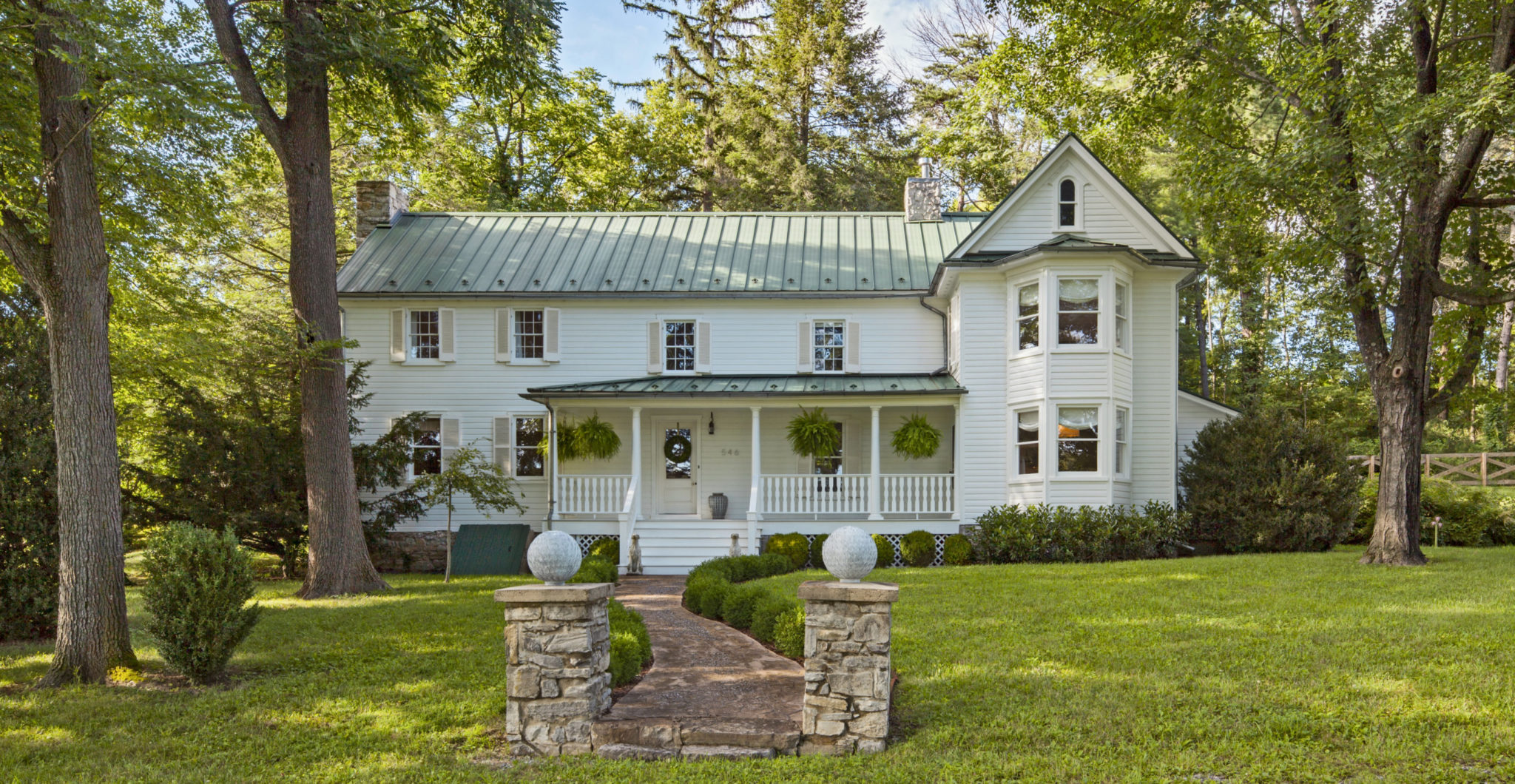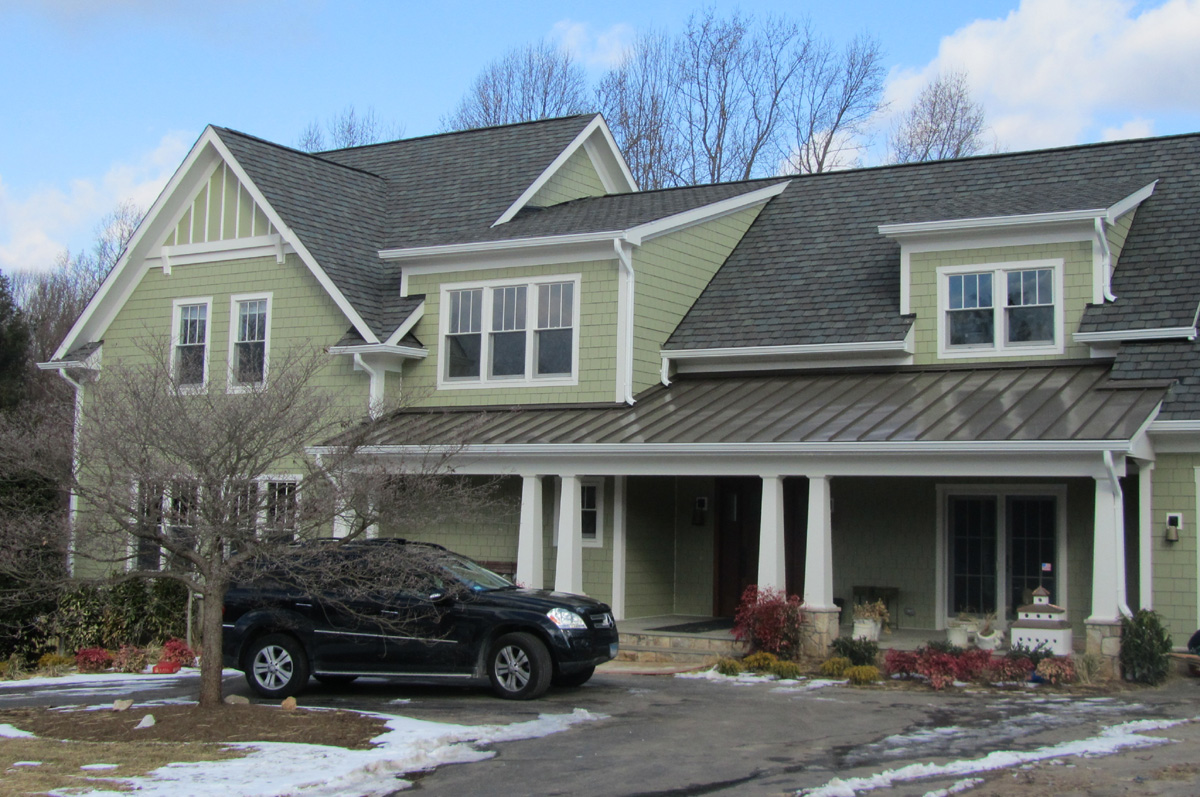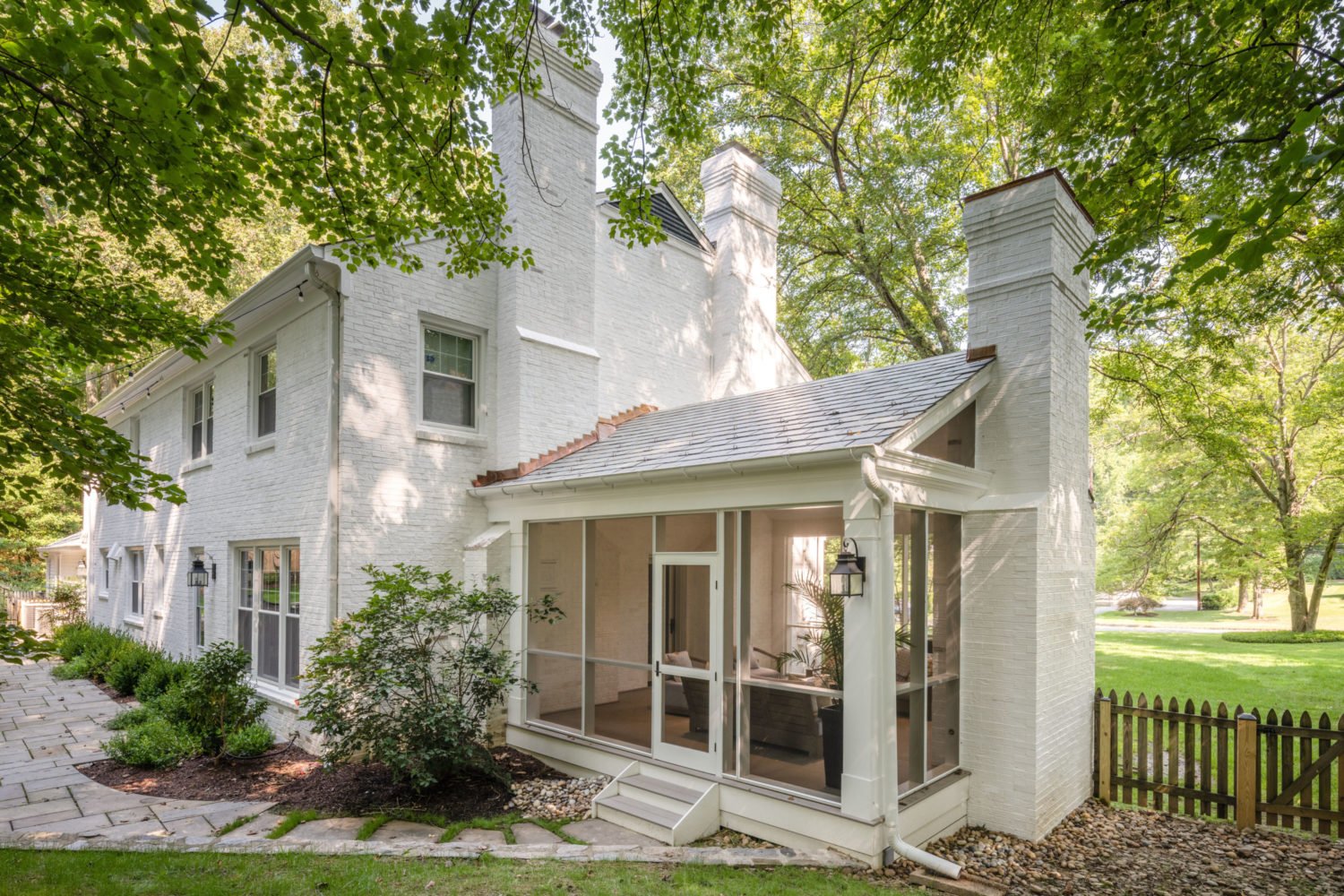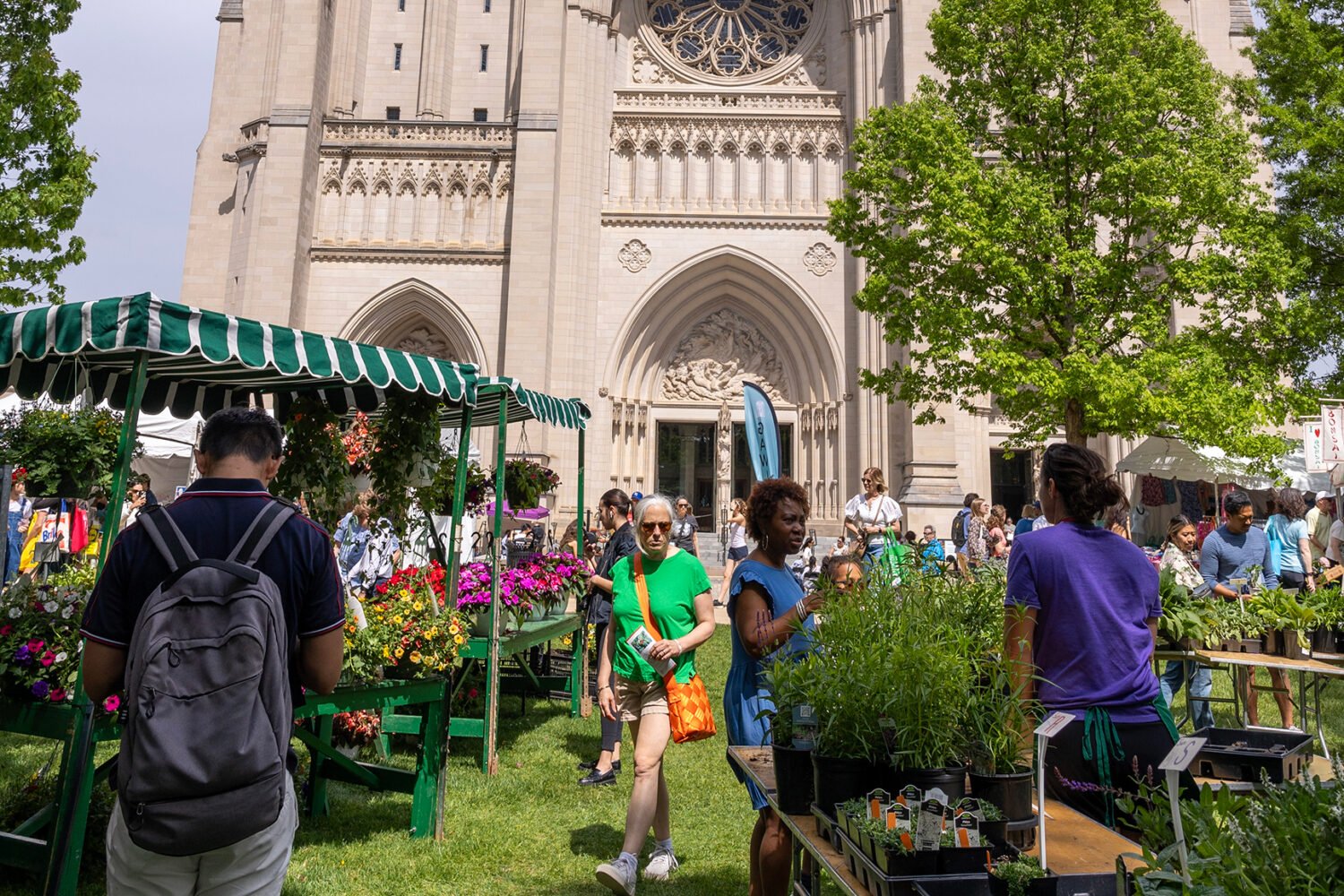Ron Blunt was into country living before it was cool—or at least before a pandemic sent thousands of his fellow urbanites skittering out of town and away from city crowds. Back in the early 2000s, Blunt’s work as an architectural photographer took him to West Virginia, where he encountered a community of creatives and DC expats living happily among the lush—and much-cheaper-than-the-city—
Swan, now CEO and creative director of Blunt’s photography studio, had one major condition: For her to leave DC, they had to find a house that was “really good.” She started hunting online for historic homes around Shepherdstown, a charming hamlet of about 1,500 people known for its quaint shops, outdoor recreation, and proximity to Civil War battlefields. They eventually happened upon an 18th-century farmhouse 12 miles outside of town. It was listed for sale on, of all places, Craigslist. “The ad had a tiny postage-stamp picture with a blurb and a phone number,” she says.
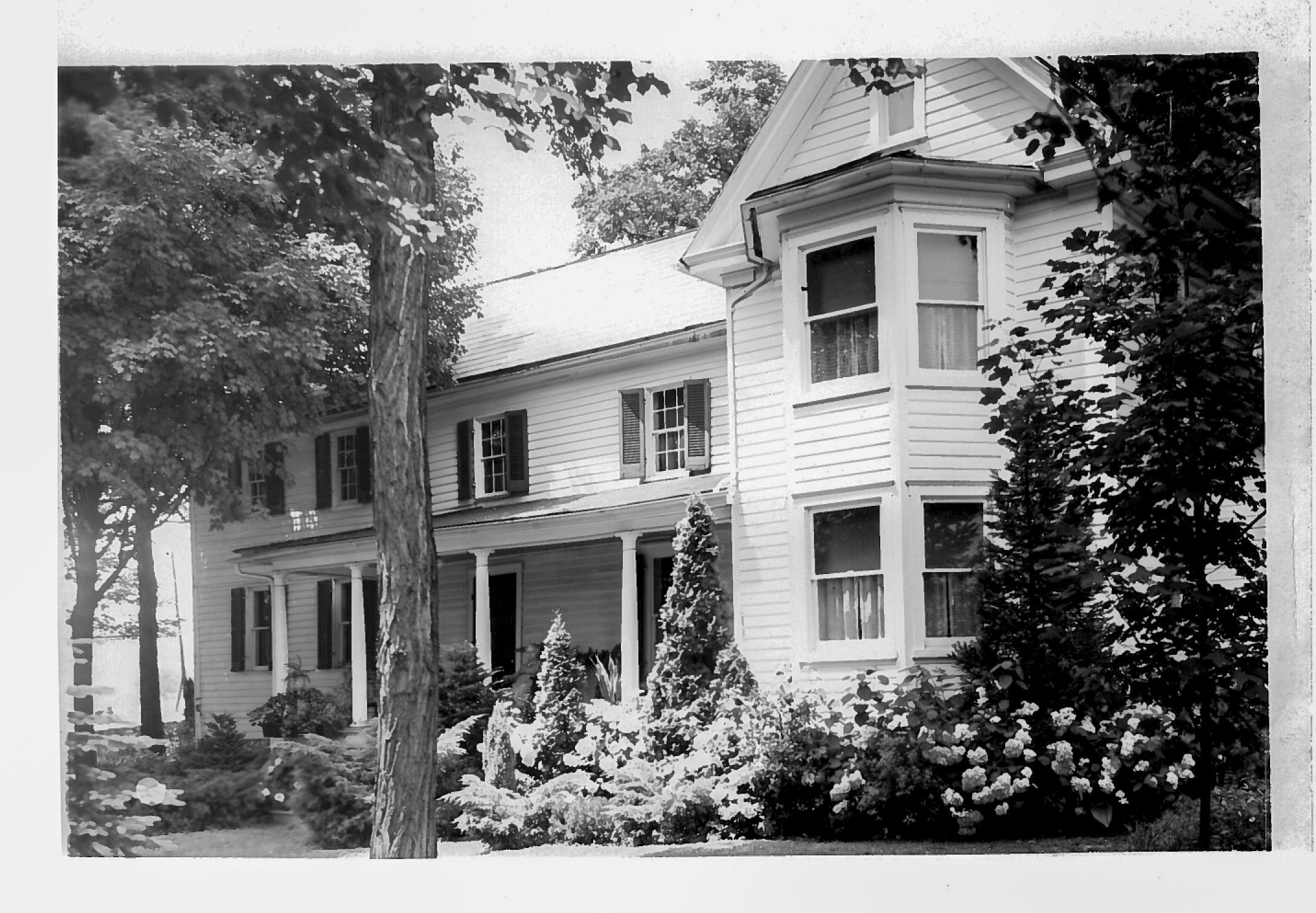
The five-acre property was architecturally interesting and had a rich history. It had originally been part of a 2,000-acre parcel granted from England for westward expansion. The house was built in about 1770 and remained in the same founding family until the early 2000s, when a Maryland couple bought it and began restoring it. During the renovations, they found the original parchment land grant in the attic.
By the time Swan and Blunt came across it, the place had been shored up structurally, but in their minds it lacked sophistication. “When we bought it, it was like this vanilla box—it was very barren,” says Swan. “We were so thrilled that [the seller] had saved the house. But we thought we could take it to the next level.” They worked in phases, over the course of more than a decade, to do just that. Says Blunt: “It was an organic process that grew as we figured out what the house needed.”
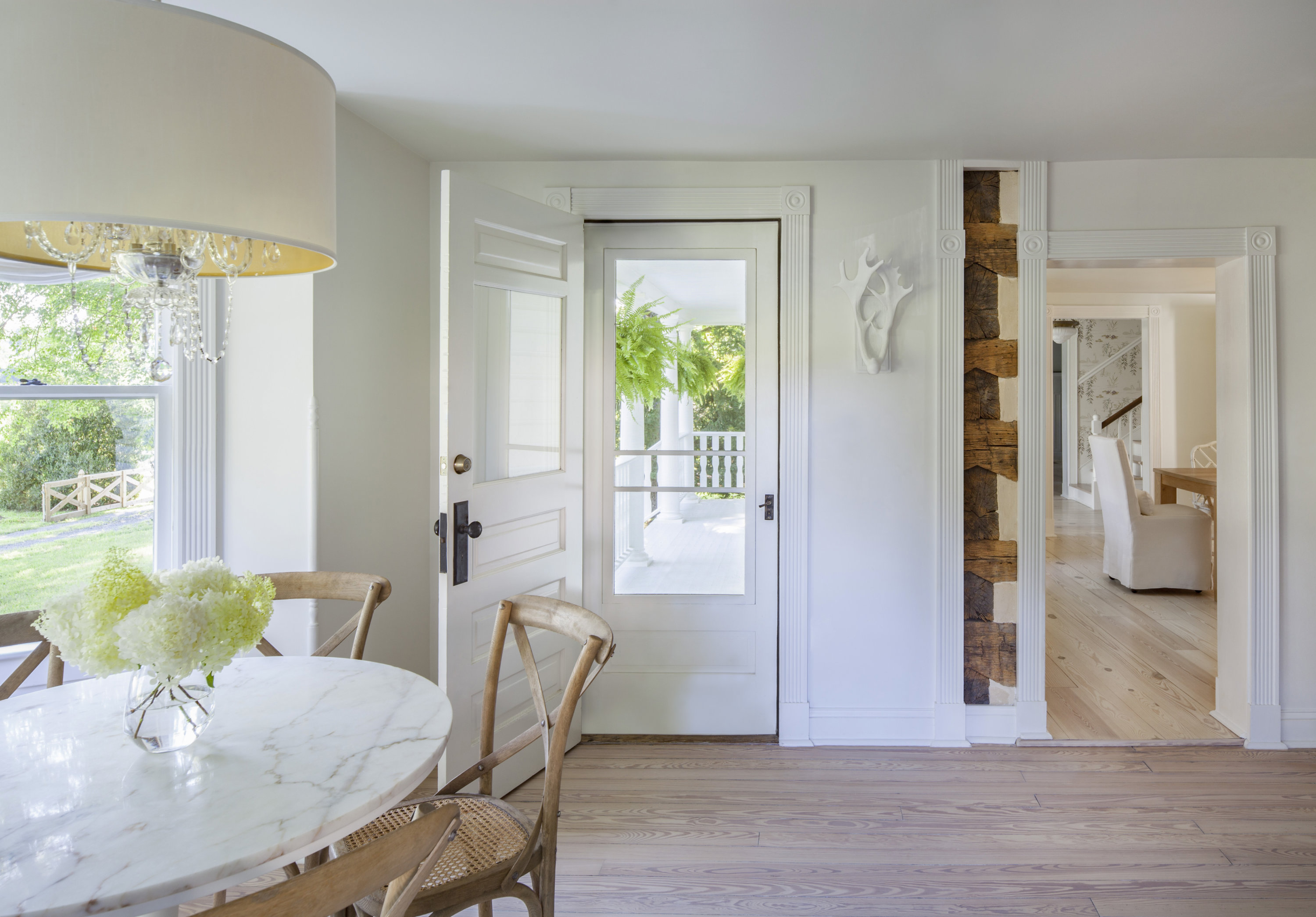
The wood floors, which are almost entirely original, had been stained an orangey hue. The couple had them all refinished in a Scandinavian-style white glaze. To unify both ends of the four-bedroom home, they covered the east and west stairwells in the same hand-painted “Swan Lake” wallpaper by Nina Campbell. The print inspired the palette of soft whites, pastel blues and greens, and subtle metallics throughout the rest of the house. In the kitchen, they were careful not to overdo things. “We kept the original footprint,” says Swan. “I just didn’t want a big McMansion kitchen.”
The couple replaced outdated upper cabinets with open shelving from Etsy and a simple hex-tile backsplash. Laminate countertops were swapped out for classic Montblanc marble. The island was a vintage find at Lucketts.
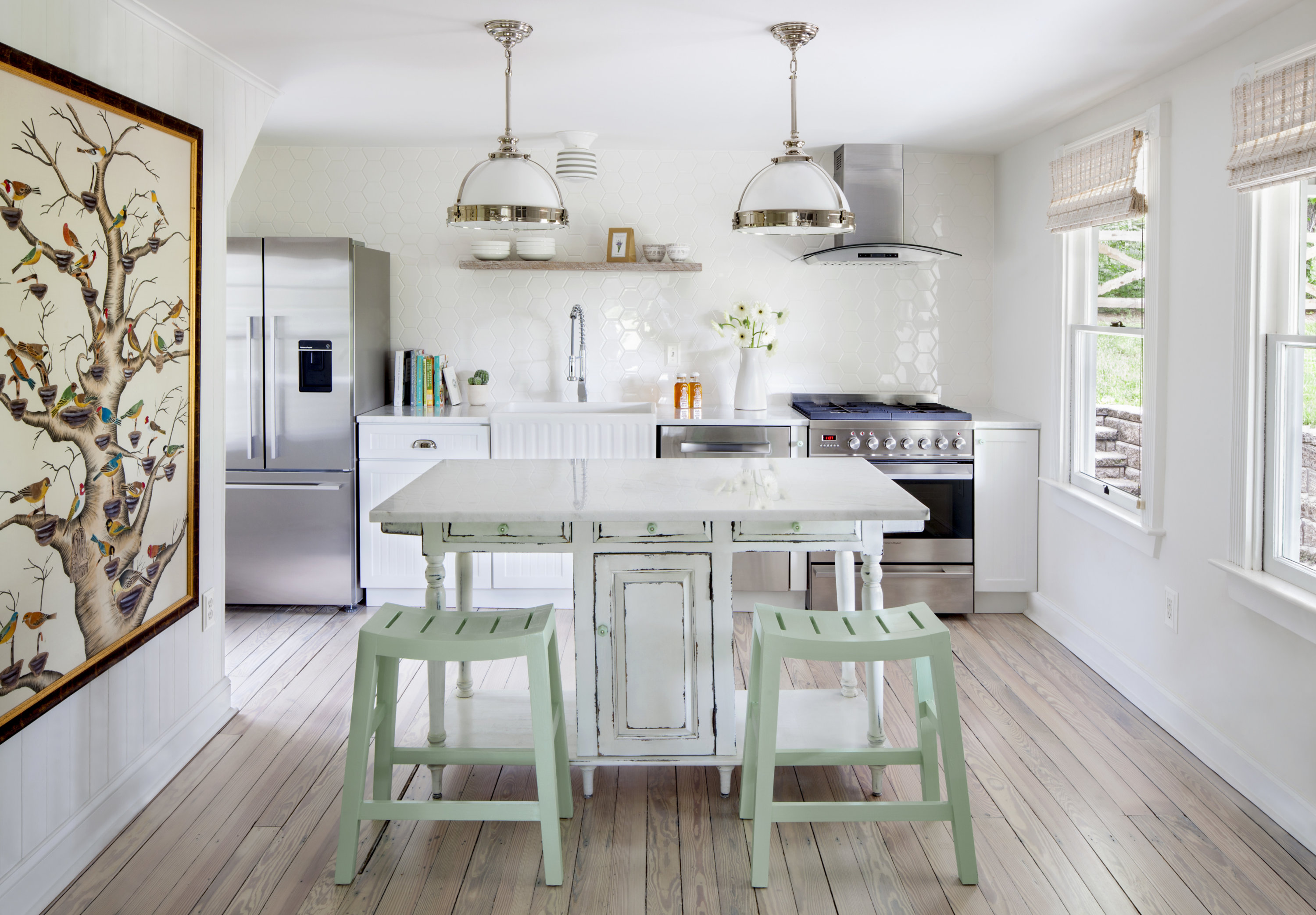
Fifteen years after they bought it, the property is finally just as Swan and Blunt always dreamed it could be. So, naturally, they’re considering selling.* With Covid having untethered so many Washingtonians from their downtown offices, they’re wondering if this is the right time to find the property’s next steward.
Not that they think a house with such a storied past could truly be owned by anyone. “You’re just a little section on a heartbeat,” says Swan. “A little blip.”
*Update: Since this story was first published in the June 2021 issue, the homeowners have decided to sell. They listed the house in June for $900,000.
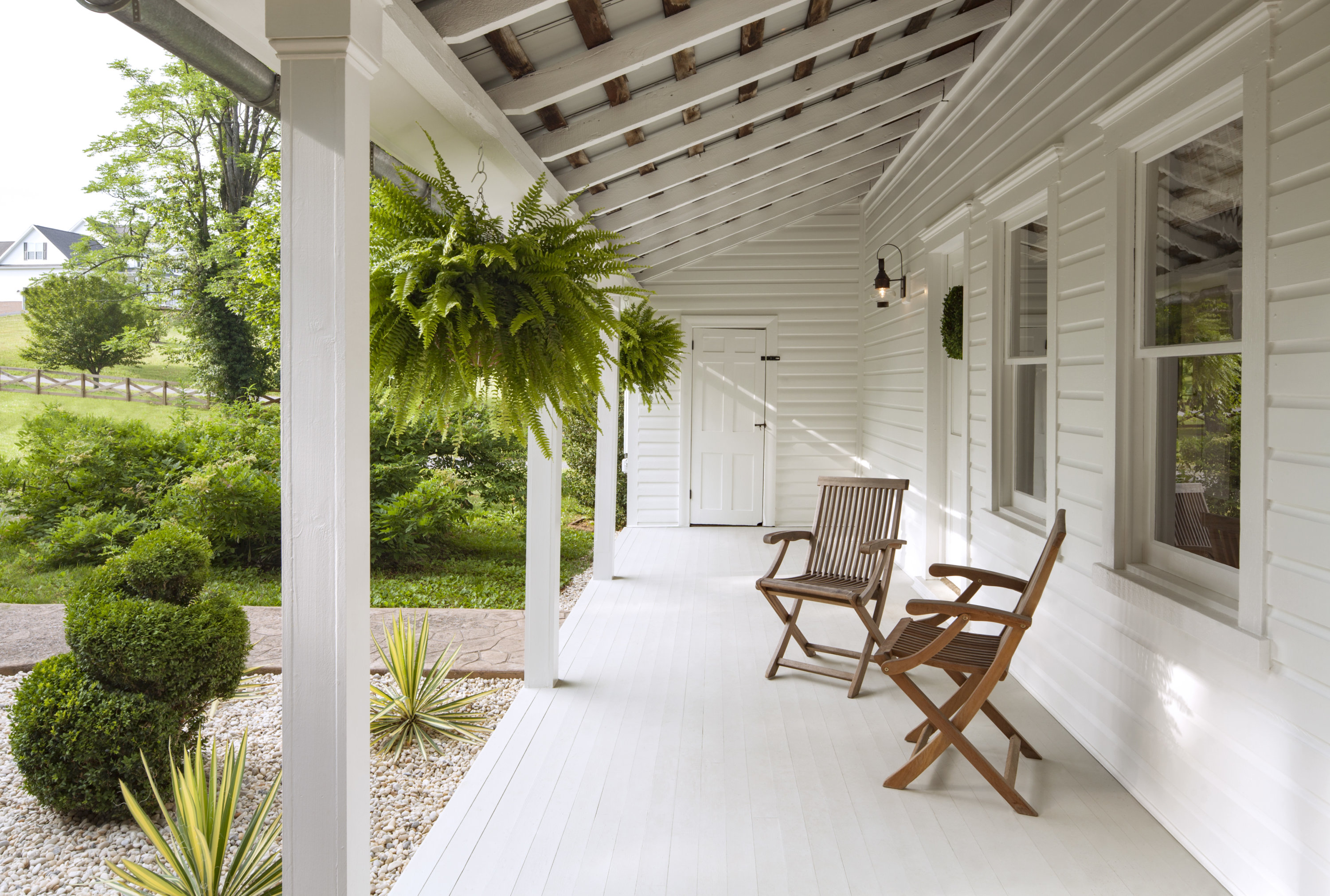
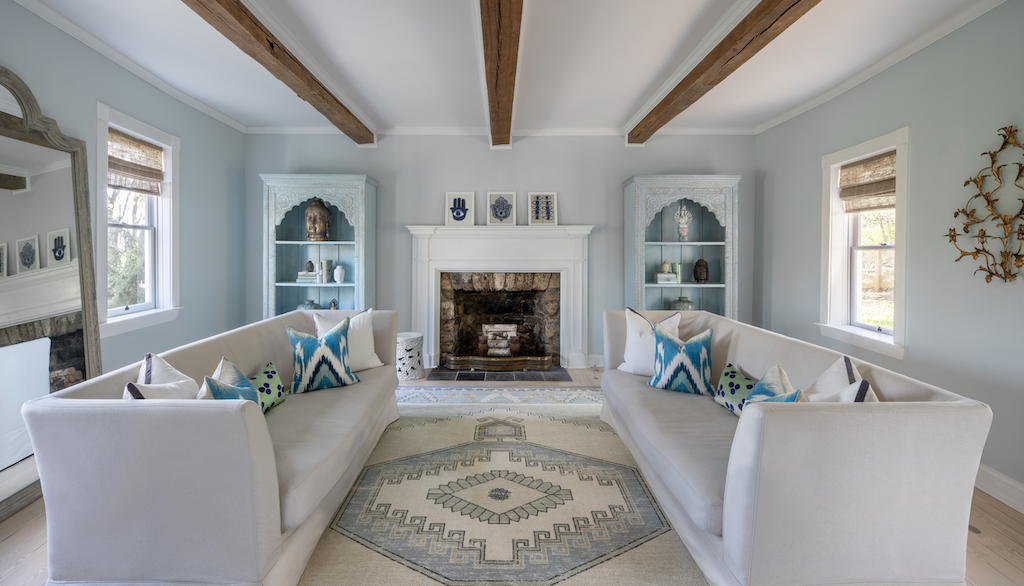
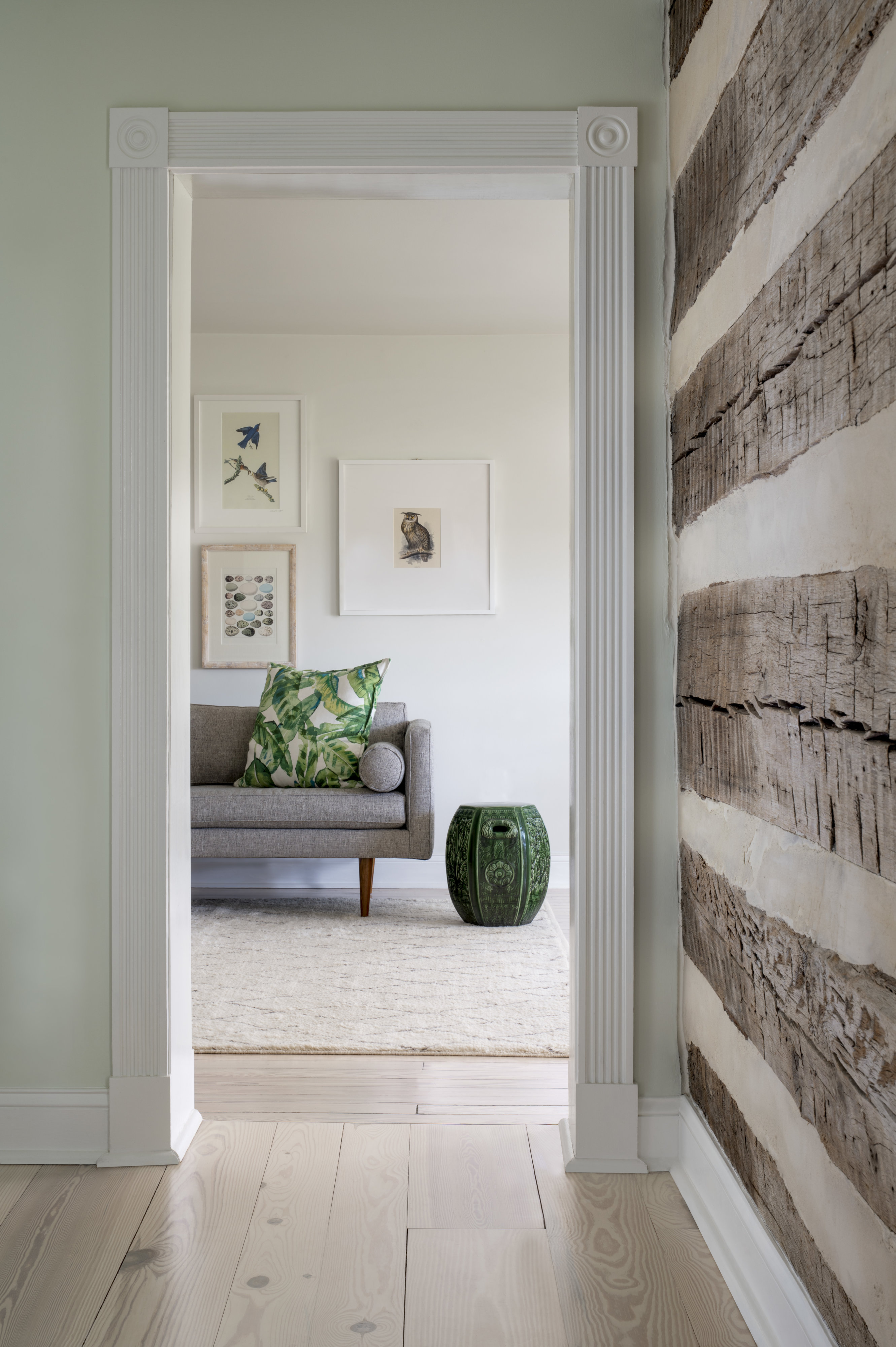
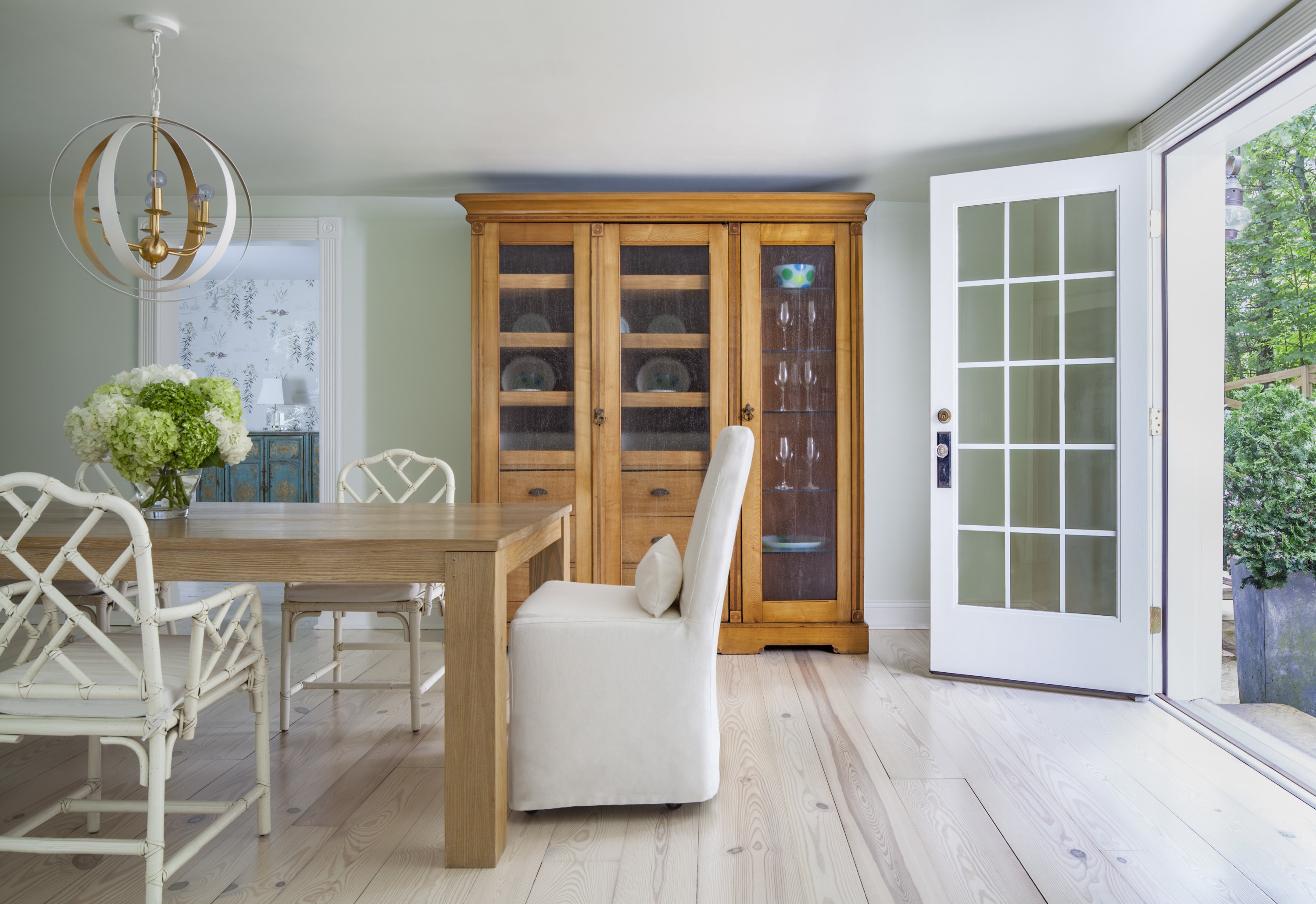
This article appears in the June 2021 issue.

